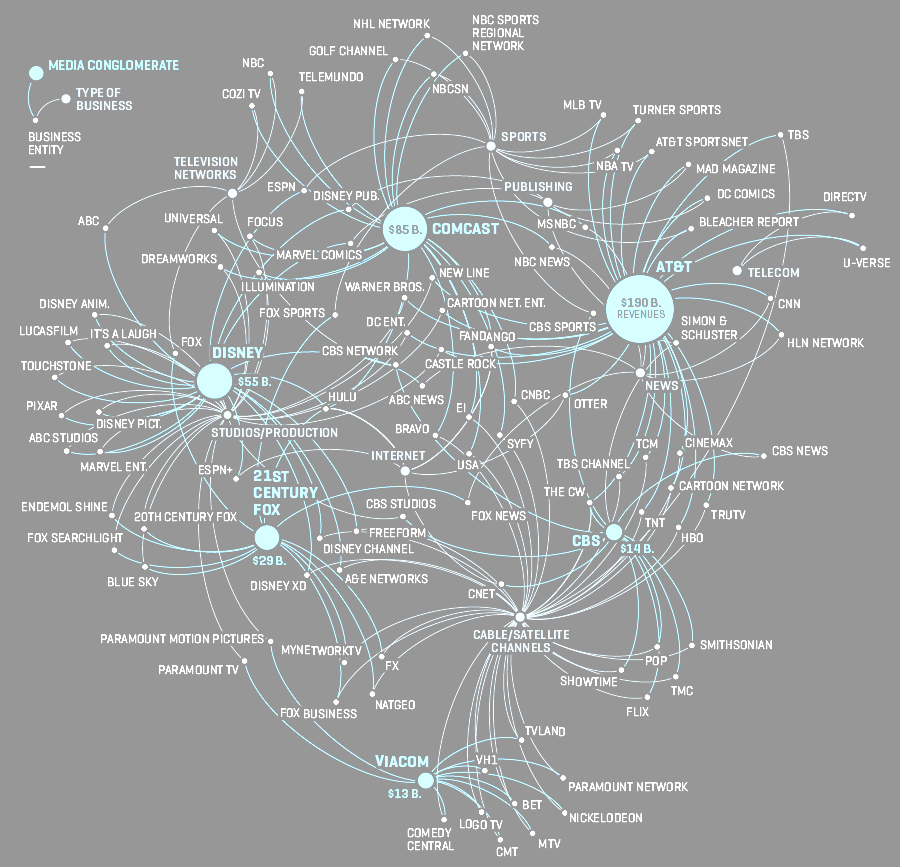Today we will be busy talking about emotional+sharable content and practicing Caulfield’s first move by finding previous facts-checks and Wikipedia notes.
Conferences
But first, let’s look at the schedule for our conferences for tomorrow: [link to schedule]. Even if you are scheduled for a conference during our class time, you’ll have time to work. Plan to do so independently: either on Fact-check #1, your assigned reading for Monday, or by bettering your WordPress site. If you find the room distracting, you are welcome to move to room 189.
When meeting with me, be ready by having your draft loaded and shared with me on Google Docs. We’ll read through the draft together a few times, looking for opportunities to add edits and comments, ultimately developing a plan for revision. You’ll then develop the draft from Google Docs into your first post on WordPress, which we’ll look at again next week.
Checking your emotions
Before we get too far into this unit, it’s important that we discuss this piece of advice from Mike Caulfield in Chapter 3:
“When you feel strong emotion — happiness, anger, pride, vindication — and that emotion pushes you to share a “fact” with others, STOP. Above all, it’s these things that you must fact-check.”

What does Caulfield mean by this? How does it work in practice? What moments from Unit 1 does it recall?
Reading the work of fact-checkers
Activity: I’ll assign you a fact-checking site from the above list and I want you to read an article from one of them. Jot down some responses to the following questions.
- Note how this fact-check contextualizes the work. Discuss: What info does it provide from the start? How does this help you understand why and how the check is justified?
- Note some of the sources used. Discuss: How they describe the claim being checked as well as establish facts in the ways we just discussed (via consensus among people in the know? are they trustworthy?)
- Note the researcher’s strategies. Discuss: What moves, approaches, or kinds of language do they use to make their process clear to readers?
- Note the links and media that is embedded in the site (images, video, etc.). Discuss: How does this help readers understand the issues?
Move 1: Looking for previous work
Of Caulfield’s four fact-checking moves, his first is to see if anyone has already done the work for you. To begin this move efficiently he shares a handy way to site search on DuckDuckGo. This method essentially uses specific search language to crawl multiple fact-checking sites at once to see if there’s anything relevant on the issue (you can search specific sites with Google, but only one site at a time). For example, here’s a site search for information that discusses Donald Trump and the recent declared Wall emergency. As you might know from reading the news, last Friday the president announced that he will try to evoke his executive powers to divert money that Congress has not officially approved to build the wall he’s been talking about since 2016:
trump wall emergency site:snopes.com site:politifact.com site:factcheck.org

Looking for previous work: Wikipedia
Included in Caulfield’s first move is checking in with Wikipedia. Why? How do we use Wikipedia?

Activity: In this folder I have collected screenshots from several memes that a relative of mine has shared on Facebook in the last few months. Once I assign you a number, take a few minutes to use both of Caulfield’s methods in the first move — (1) look to previous fact-checking sites using DuckDuckGo and (2) use the notes in Wikipedia — to see if who has already researched the supposed facts within your assigned meme. Then, compose a FB comment for this person — let’s call him Mike — that includes facts and links to sources.
Discussion:
- How many supposed “statements of fact” did you research?
- What did you learn? How confident are you in what you learned? Where did this info come from?
- What would you still research if given more time? Where might you look?
Homework for tomorrow’s conference
Compose Fact-check #1 (500-700 words) by finding a political meme on social media like the examples we looked at today (or use one of them). Draft this first fact check in Google Docs and when you’re ready, share it with me.
- Summarize the situation by helping readers understand it. Why was this meme produced and shared? What’s happening in the world?
- Make explicit both the sources you found (previous fact-checking sites, Wikipedia, etc.) and your research process (how you found these using certain search terms and other choices) and how these led you to a consensus among trustworthy people in the know.
- Consider links and media that you might embed in your WP post site (images, video, etc.). Discuss: How might these help readers understand your sources or strategies?
Homework for Monday
- Revise FC#1 & post it to your WP site.
- Read about Move 2 in Web Literacy for Student Fact-Checkers, “Go Upstream”

